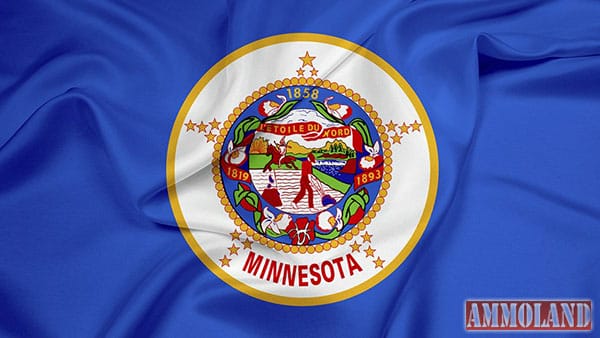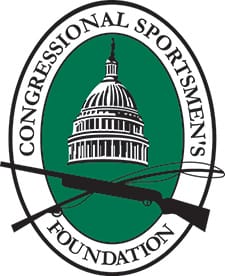

Washington, DC -(AmmoLand.com)- On October 13, the Minnesota Department of Natural Resources (DNR) released a proposed rule to ban lead shot on all wildlife management areas (WMAs) in the far western and southern half of Minnesota.
The affected area is referred to as the “Farmland Zone,” and contains almost 1,300 of the state’s 1,524 WMAs, approximating 600,000 acres of public land. The 70,000 pheasant hunters currently residing in Minnesota frequent this region to pursue birds on public land, and the proposed rule would disproportionately affect these upland game bird hunters, as well as those hunting wild turkey, dove, and other small game species. The proposed rule does not apply to hunters using single-projectile ammunition, such as rifles or shotguns with slugs.
Currently, no scientific evidence indicates that the use of lead shot by hunters has impacted wildlife populations. State fish and wildlife agencies are tasked with managing wildlife at the population level, not the individual level, to ensure that conservation decisions made today will help ensure healthy wildlife numbers into the future. Non-lead shot alternatives such as copper, nickel, or zinc plated steel, are more expensive. Forcing this financial strain on the sportsmen’s community, who are considered America’s original conservationists, can have detrimental consequences to continued wildlife conservation efforts.
The relationship between ammunition sales and wildlife conservation in the United States dates back to 1937, when Congress first passed the Federal Aid in Wildlife Conservation Act (also known as the Pittman-Robertson Act), backed by the outdoor industry, creating an excise tax on all firearms and ammunition sold in this country. These funds are redistributed to the various state fish and wildlife agencies for conservation efforts. This funding mechanism, in concert with the Federal Aid in Sportfish Restoration Act (also known as the Dingell-Johnson Act), passed in 1950, and all revenues procured through the sale of hunting and fishing licenses, has become known as the American System of Conservation Funding and has generated nearly $57 billion for fish and wildlife conservation since its inception.
It is for this reason, regulatory changes that create undue financial burdens for sportsmen and women and do not measurably benefit wildlife must be addressed and combated.
The Minnesota Department of Natural Resources will accept written comments about the proposed rule changes for at least 60 days beginning October 13, 2015. Comments may be emailed to jason.abraham@dnr.state.mn.us or submitted to the below address:
-
Minnesota DNR Wildlife
Box 20
Minnesota Department of Natural Resources
500 Lafayette Road
St. Paul, MN 55155-4020
– See more at: http://www.sportsmenslink.org
About Congressional Sportsmen’s Foundation (CSF):
Since 1989 CSF has maintained a singleness of purpose that has guided the organization to become the most respected and trusted sportsmen’s organization in the political arena. CSF’s mission is to work with Congress, governors, and state legislatures to protect and advance hunting, angling, recreational shooting and trapping. The unique and collective force of the Congressional Sportsmen’s Caucus (CSC), the Governors Sportsmen’s Caucus (GSC) and the National Assembly of Sportsmen’s Caucuses (NASC), working closely with CSF, and with the support of major hunting, angling, recreational shooting and trapping organizations, serves as an unprecedented network of pro-sportsmen elected officials that advance the interests of America’s hunters and anglers.
For more information, visit: www.sportsmenslink.org.
